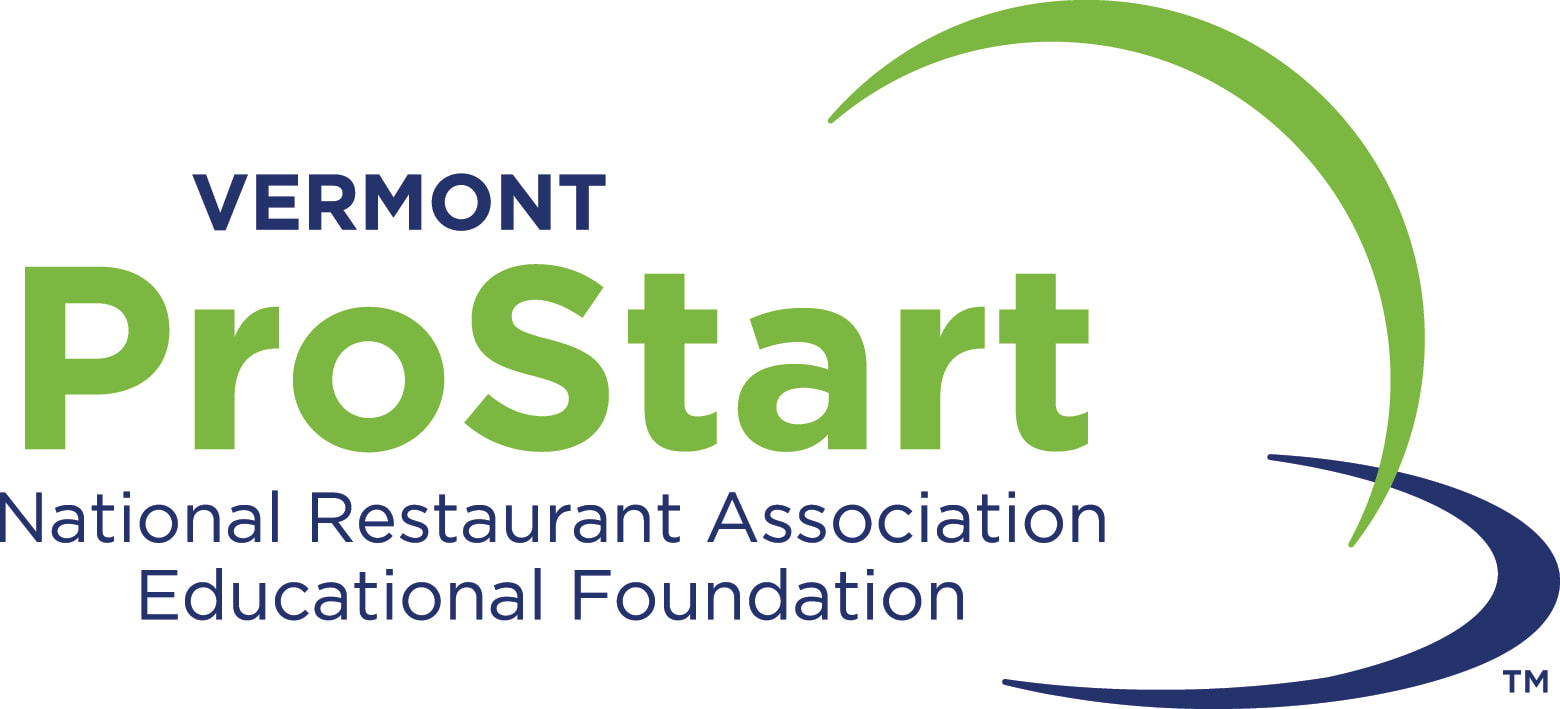
Kansas grants for college are provided by the state to help students pursue their higher education goals. There are several grants available, with varying requirements and standards. Start by assessing your financial situation before you begin to apply for grants. Once you have identified what your needs are, you can apply for any of these grant programs.
Not only are there grants but scholarships also available. These can be either government funds or awards from private universities. Some scholarships require applicants to submit transcripts, test scores and letters of recommendations. These funds should be considered as an alternative for student loans. The money is usually used to pay tuition. However, these funds don't have to be repaid. Typically, they are awarded on a first come, first served basis.
To obtain a grant, you must complete the Free Application for Federal Student Aid, or FAFSA. This form is available online and by mail. Once you've completed the application you will be able determine whether you are eligible for federal or state grants.

You could be eligible for a Kansas Comprehensive Grant, depending on how much you have to pay. Students can receive these grants at either public or private colleges. They are available for students who have earned between $100 and $3,000. Vocational Scholarships may also be available for students enrolled in vocational or career school.
State Scholars offers financial aid as another option. The program awards $1,000 annually each year to students who are academically promising and have financial need. Students who qualify for the scholarship can apply in their last year of high school.
For students enrolled in a college or university in Kansas, the Kansas Career Technical Workforce Grant is also a possibility. This grant provides financial assistance for students who want to study in a high-demand field. Kansas residents must be eligible for this grant. This grant provides financial assistance for students in high-cost fields such as certificates and associate's degrees.
The FAFSA, the Free Application for Federal Student Aid is a way to check if you're eligible for Kansas grants. You will be able to find this application on the state website.

Kansas offers several scholarships for residents. Residents can apply for general scholarship programs and for the Kansas Comprehensive Grant. If you have family members who are military personnel, you might be eligible to receive tuition waivers.
You can also apply for the Kansas Military Service Scholarship if you are a Veteran. A scholarship that is designed to help military members and their dependents, the scholarship is offered by the state of Kansas.
Kansas Ethnic Minority Scholarship: This state-funded scholarship is for Kansas minority students. You must be a minority, have financial need and show academic promise to be eligible. A second grant can be received for up to 4 years after your education is complete.
FAQ
What are the differences between early childhood education?
There are many ways that early childhood education can be described. Here are some of the most commonly used ones:
-
Preschool - Children ages 2 to 5
-
PreKindergarten – Children aged 4-6
-
Head Start/ Headstart - Children ages 0 to 3
-
Day Care/ Daycares - Children ages 0 to 5
-
Child Care Centers – Children aged 0-18
-
Family Child Care - Children from 0-12 Years of Age
-
Home Schooling - Children ages KG to 16
What is a vocational school?
Vocational school programs are designed to prepare individuals for specific jobs. They might also offer general education courses or training in the skills that employers require.
Vocational education is an important part of our society because it helps young people develop the skills they need to succeed in life. It ensures all students have access high-quality learning opportunities.
A vocational school offers its students a range of options, including apprenticeships, certificates, diplomas, degrees, college transfer programs, and other postsecondary credentials. Vocational schools offer both academic and practical courses in math, science and English.
What is the average salary of a teacher in early childhood education? (earning potential)
An average salary for an early childhood teacher is $45,000 annually
However, there are areas where salaries tend to be higher than average. Teachers who teach in large urban areas typically earn more than teachers working in rural schools.
Salaries also depend on factors like how large the district is, and whether or non-degree-holding teachers.
Teachers start off making less money than other college graduates simply because they don’t have much experience. But their earnings can rise significantly over time.
Statistics
- These institutions can vary according to different contexts.[83] (en.wikipedia.org)
- Think of the rhetorical power of nineteenth-century abolitionist Harriet Beecher Stowe, Martin Luther King, Jr., or Occupy Wall Street activists with their rallying cry of “we are the 99 percent.” (bostonreview.net)
- Data from the Department of Education reveal that, among 2008 college graduates, 92.8 percent of humanities majors have voted at least once since finishing school. (bostonreview.net)
- They are more likely to graduate high school (25%) and finish college (116%). (habitatbroward.org)
- Among STEM majors, that number is 83.5 percent. (bostonreview.net)
External Links
How To
what is vocational education?
Vocational education prepares students for the workforce after high school. Students are trained in specific skills to be able to do a particular job such as welding. This includes apprenticeship programs and on-thejob training. Vocational education is distinct from general education as it focuses more on training individuals for specific jobs than on learning broad knowledge that can be used in the future. Vocational training is not designed to prepare individuals for university but rather to assist them in finding jobs upon graduation.
Vocational education is available at all levels of education, including primary, secondary, high school, college, universities, technical institutes as well as trade schools, community colleges and junior colleges. There are many schools that specialize in specific subjects, such as nursing schools (law schools), medical schools, dental school, veterinary medicine and firefighting schools. Many of these offer both academic instruction, and practical experience.
In recent decades, many countries have made large investments in vocational training. The effectiveness of vocational training is still a controversial topic. Some argue it doesn't improve students' employability, while others argue it prepares them for the future.
The U.S. Bureau of Labor Statistics estimates that 47% of American adults possess a postsecondary certificate, or degree related to current occupation. This percentage is higher among those with higher education. 71% percent of the 25-29 year olds with a bachelor's degree are currently working in fields that require postsecondary credentials.
The BLS reported that almost half the adult population of the country had at least one form of postsecondary credential as of 2012. A third of Americans have a two-year associate's degree and 10% hold a four year bachelor's degree. One in five Americans has a master's or doctorate.
The median annual wage for individuals with a bachelor's in 2013 was $50,000. This was compared to $23,800 when they had no degree. The median salary for people with advanced degrees was $81,300.
The median wage for those who didn't complete high school was $15,200. The median annual income for those with less than a high-school diploma was $13,000